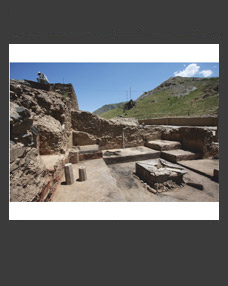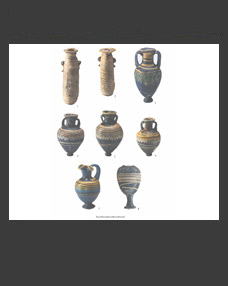Nikolay V. Lopatina,#
a Institute of Archaeology RAS, Moscow, Russia
#E-mail: n.lopatin@gmail.com
Keywords: long mounds, Udomlya type, hand-made pottery, Ladoga type, early Slavs.
Based on the pottery material, the paper considers the origin of archaeological cultures of the last quarter of the 1st millennium AD in the northern part of the settlement area of the East Slavic tribes, which became the basis for the formation of the Novgorod, Smolensk and Polotsk lands. The author proposes a new hypothesis, albeit based on the observations of a number of modern researchers: two main patterns for the formation of pottery assemblages in the fourth quarter of the Russian North-West – ribbed pottery (Ladoga type) and non-ribbed one (with a rounded shoulder) – find their origins among local antiquities, on territories from the upper reaches of the Volga, Dvina and Msta to Lake Ilmen. The study traces connections that fill the apparent cultural gap of the 8th century. At an earlier time (the second quarter of the 1st millennium), these traditions began to take shape in the Upper Dnieper and Dvina regions. The paper challenges the concept of the “second wave” of Slavic colonization of the North-West based on distant mass migration.
DOI: 10.31857/S0869606322030096







